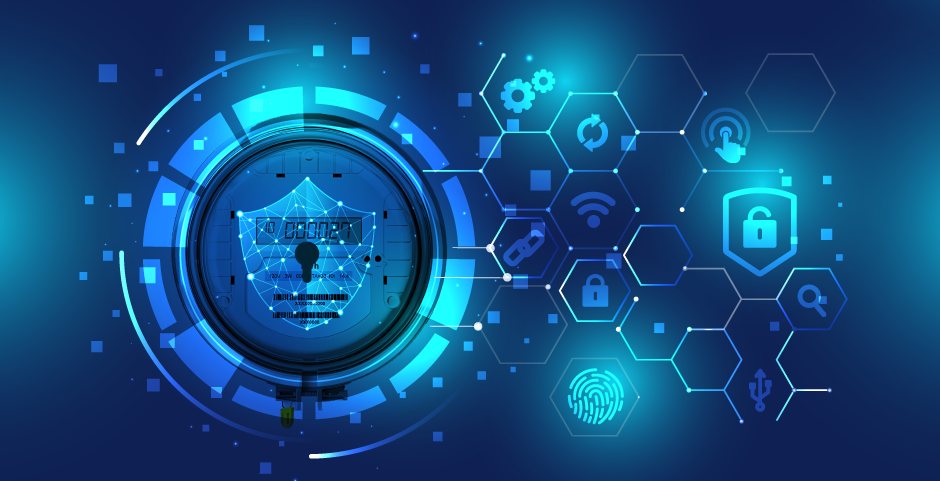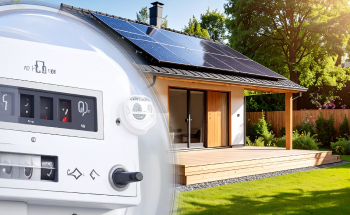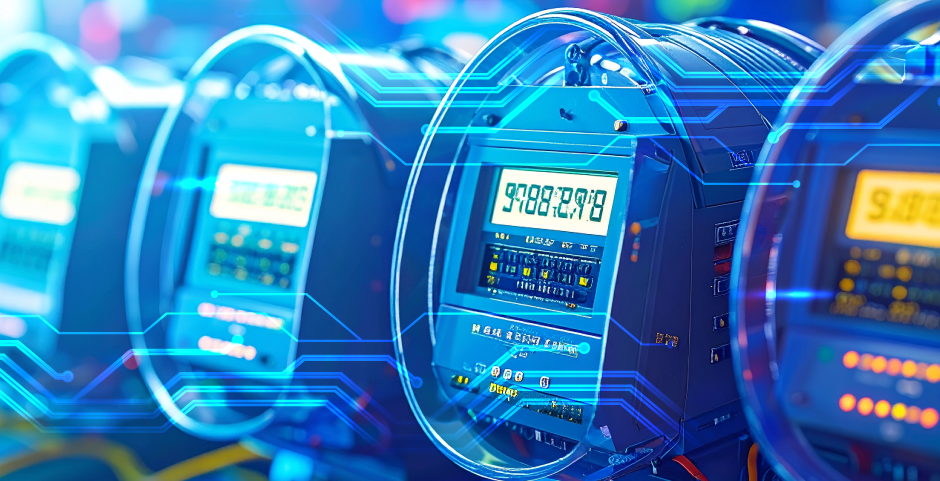Cybersecurity in Smart Metering: Standards, Threats & Compliance
Shwetha Bhat July 25, 2025

Shwetha Bhat July 25, 2025

As the energy sector undergoes rapid digital transformation, smart metering has emerged as a foundational technology in modern utility networks. By enabling real-time monitoring, automated billing, and remote disconnection, smart meters improve efficiency and consumer engagement. However, this digitization also introduces significant cybersecurity challenges.
This article explores the key aspects of cybersecurity in smart metering systems, covering industry standards, major threats, and compliance requirements to help utilities and technology providers secure their infrastructure effectively.
Smart meters are not just data collection tools — they are part of a larger, interconnected grid infrastructure. These meters collect and transmit sensitive consumption data, support remote commands (e.g., disconnect/connect), communicate over public or shared networks and interface with utility head-end systems and customer portals.
A breach in any part of this ecosystem could lead to data theft, grid disruption, or customer trust erosion.
Smart metering networks face a range of cybersecurity threats across physical, communication, and data layers. Major threats include:
Attackers may attempt to gain unauthorized access to meters or head-end systems to manipulate data, disrupt service, or inject malware.
Intercepting communication between smart meters and utility systems can allow attackers to alter meter readings or issue remote commands.
Manipulating usage data can result in revenue loss or skewed analytics. Attackers might also inject false data to create operational confusion.
A DoS attack on a metering communication network could delay billing, disrupt control commands, or impair grid visibility.
Unsecured firmware update processes may allow attackers to install malicious code or backdoors.
Several international and regional standards guide cybersecurity for smart metering systems:
This is the most widely adopted application-layer protocol for smart metering. It supports:
IEC standardized suite for DLMS/COSEM-based electricity metering communication.
Focuses on securing communication protocols like IEC 60870-5, IEC 61850, and DNP3 used in substations and AMI systems.
Guidelines for securing Smart Grid infrastructure, including risk assessment, access control, and incident response.
General framework for information security management systems (ISMS) — relevant for utility back-end systems and cloud integrations.
For regions like the EU, protecting consumer energy usage data falls under privacy regulations.
An effective security model must be end-to-end, covering meter hardware, communication protocols, and back-office systems. Components include:
Smart meters are becoming more intelligent. Embedding security at the edge — including AI-based anomaly detection — can reduce reliance on centralized systems.
While research is still underway, emerging pilots explore the use of blockchain to verify meter data provenance and ensure tamper-proof logs.
Regulators and utilities are encouraging device vendors to integrate cybersecurity in the early stages of meter design.
Third-party security monitoring, especially for smaller utilities, is becoming viable through managed service providers.
As smart metering continues to expand globally, robust cybersecurity is no longer optional — it is essential. From following globally recognized standards to proactively identifying threats and aligning with compliance frameworks, utilities must adopt a defence-in-depth strategy.
By ensuring trust in data integrity and system resilience, cybersecurity becomes a key enabler of smarter, more sustainable energy systems.
To learn more about Cybersecurity in Smart Metering, reach out to our sales team at sales@kalkitech.com

July 25, 2025
The world energy scene is being revolutionized by the fast-paced increase of decentralized renewable energy sources like rooftop solar, wind microturbines, and energy storage in batteries. batteries. The driving force…
Know More
July 25, 2025
Smart metering has evolved significantly over the last two decades as it became a building block of modern energy management solutions. At the core of the evolution is the DLMS/COSEM…
Know MoreJuly 4, 2025
Most US utilities and regulators are already mandating or in the process of mandating that all DERs that are deployed in their territory be certified to UL 1741 Supplement B…
Know More